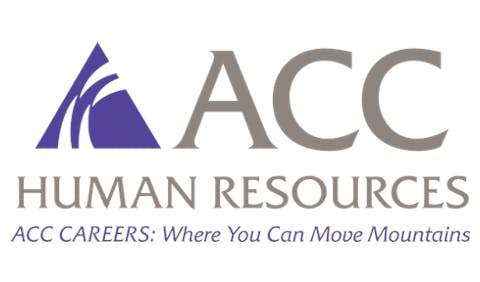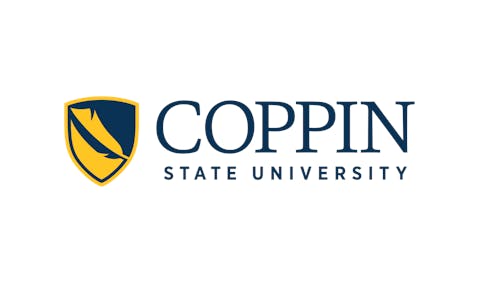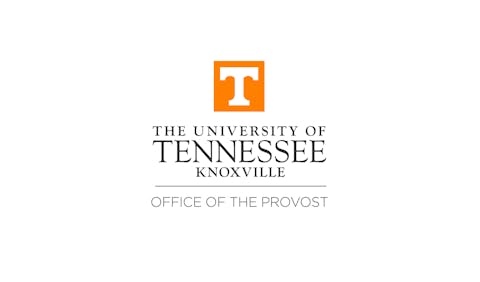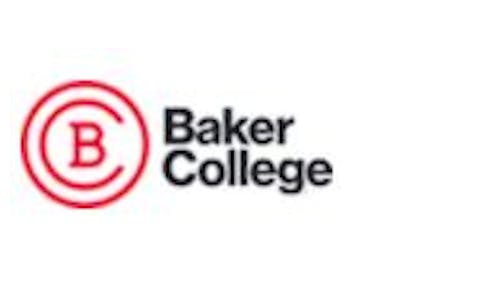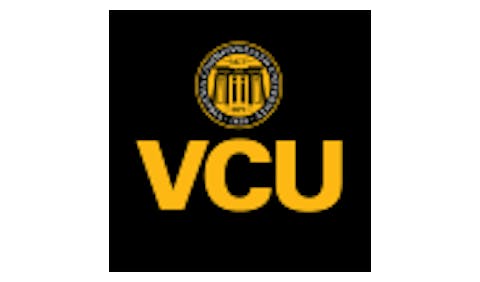
The company's second annual State of the Student Housing Industry Report, shows resident satisfaction rates have dropped nearly 7 percentage points from 2024, even as student expectations continue to evolve rapidly.
The comprehensive study, drawing from survey data of more than 400 institutions globally, paints a picture of an industry at a crossroads. While 73.3% of institutions still report high resident satisfaction, the decline represents a significant warning sign for campus housing leaders already struggling with staffing shortages and budget constraints.
Perhaps most concerning is the report's finding that one in three institutions still lack formal mechanisms for measuring resident satisfaction. This blind spot comes at a time when students are increasingly seeking living environments that support mental health, provide inclusion, and offer greater independence beyond basic convenience.
"The needs of residential communities are very dynamic," said Travis Knipe, CEO of StarRez. "Higher ed housing leaders who leverage this kind of high-quality information can drive strategies and adopt technology to help navigate change, build stronger relationships, and meet the needs of both students and staff."
The report reveals that staffing challenges have reached a critical juncture, with more than half of surveyed institutions operating with just 1 to 10 professional housing staff members, even as their responsibilities grow increasingly complex. This staffing crunch is directly correlated with staff satisfaction and retention rates, creating a cycle that threatens service quality.
In response, many institutions are turning to automation and technology solutions. Nearly 70% have automated reporting and analytics, while others are digitizing email communication, room assignments, billing, and front desk operations. The evolution extends to roommate matching, with over half of institutions now allowing first-year students to choose their own roommates and nearly 80% doing so for returning students.
The boundaries of traditional student housing are expanding as institutions grapple with changing student preferences. The report shows that student demand for privacy and independence is driving greater interest in off-campus housing across most demographics.
Notably, nearly 40% of institutions are experiencing growth in demand for housing from international students, with 6% reporting significant increases. This trend has prompted more institutions to incorporate off-campus housing platforms like College Pads to help students navigate the transition while maintaining connection to the academic experience.
The financial picture for student housing has grown more challenging, with summer earnings showing marked decline. According to the report, 64% of institutions now earn less than 10% of their total housing revenue from summer, conference, or short-term stays. Meanwhile, only 7% report earning more than 25% from non-academic housing.
These revenue shortfalls are forcing institutions to refocus on alternative income streams, including conferences and summer events, as they work to maximize housing assets year-round. The trend reflects broader financial pressures facing higher education institutions as they seek to maintain facilities while dealing with shifting enrollment patterns.
The report suggests that technology adoption represents one of the most promising paths forward for institutions seeking to address these multifaceted challenges. Beyond basic automation, institutions are exploring how digital tools can enhance both operational efficiency and student experience.
The data indicates that successful institutions are those treating technology not as a cost center but as a strategic investment in both staff support and student satisfaction. This includes everything from streamlined communication systems to more sophisticated analytics that can predict and respond to student needs.











